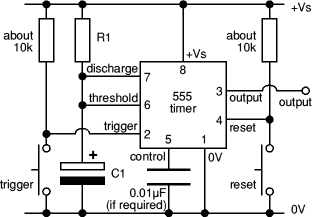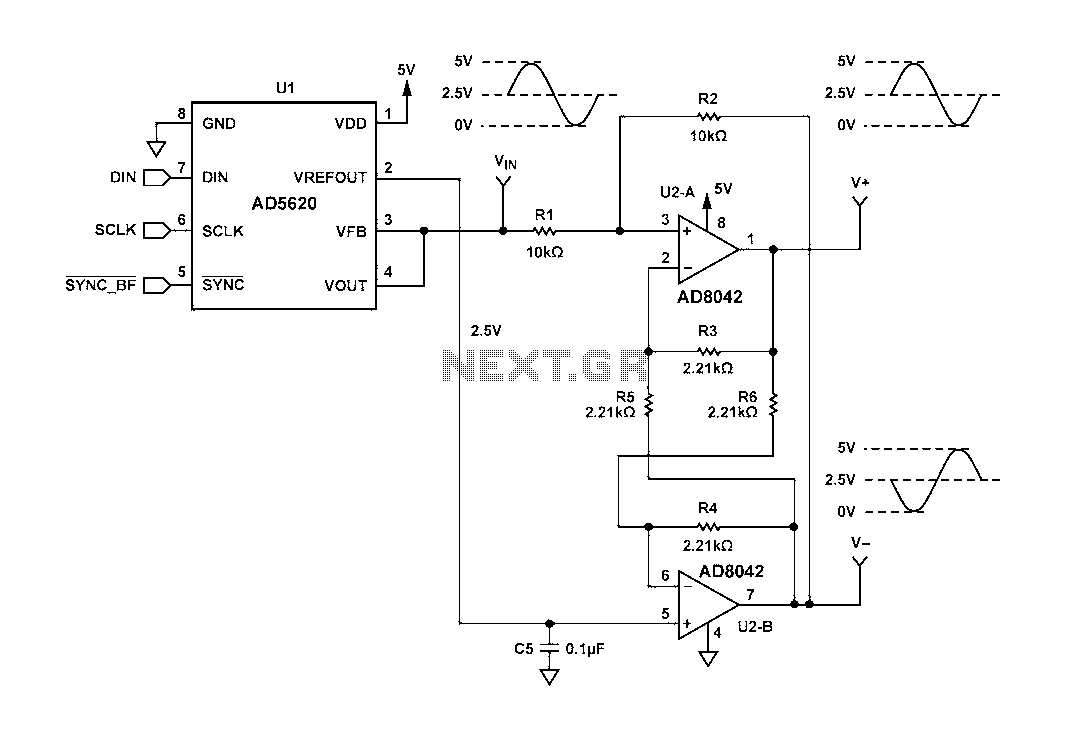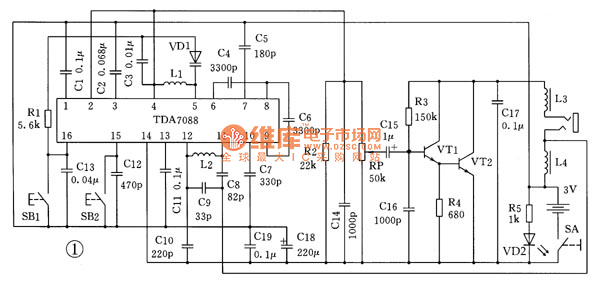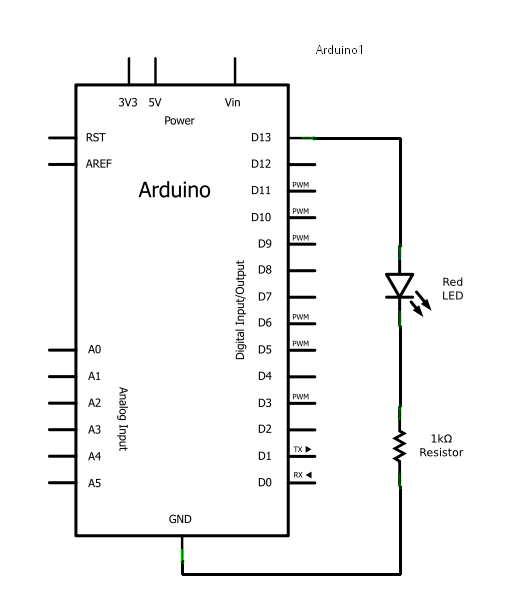
36 Watt Amplifier circuit with TDA1562Q
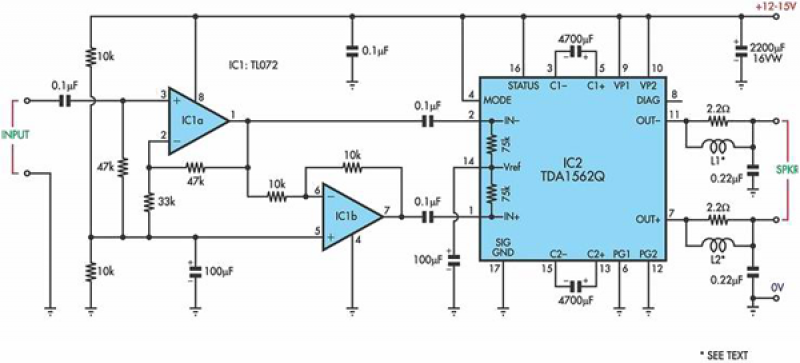
This circuit is based on a Philips class-H audio amplifier integrated circuit (IC) and can deliver 36W RMS or 70W music power, all from a 13.8V supply. The Mighty Midget Amplifier is capable of providing approximately 36W RMS continuous power into a 4-ohm load when powered by a 13.8V supply. However, its ability to output 70W during dynamic (music) signal conditions is particularly impressive. The circuit utilizes a minimal number of components, as illustrated in the accompanying photos and circuit diagram.
The amplifier is constructed on a printed circuit board (PCB) measuring just 104mm x 39mm. Despite its compact size, the power output is substantial, and the noise and distortion figures are commendable. Central to the design is the TDA1562Q IC, which Philips describes as a "monolithic integrated Bridge-Tied Load (BTL) class-H high-efficiency power amplifier." This IC is housed in a 17-pin "DIL-bent-SIL" plastic package and is suitable for various applications, including car audio, portable PA systems, and mains-powered devices such as mini/midi audio components and television sound systems.
Performance specifications include:
- Output power: 36W RMS into a 4-ohm load
- Music power: 70W into a 4-ohm load
- Frequency response: 1dB down at 28Hz and 55kHz
- Input sensitivity: 130mV RMS (for 36W into 4 ohms)
- Harmonic distortion: typically 0.2%
- Signal-to-noise ratio: 95dB unweighted (22Hz to 22kHz)
The TDA1562Q IC operates with high efficiency, maximizing output while minimizing power loss, which is crucial for battery-operated devices and applications where heat dissipation is a concern. The use of class-H architecture allows the amplifier to adjust its power supply voltage dynamically, optimizing performance based on the input signal level. This results in lower power consumption during idle periods and enhanced audio fidelity during high-demand situations.
The compact PCB design not only facilitates easy integration into various enclosures but also contributes to the overall thermal management of the amplifier. The layout is designed to minimize interference and ensure stability, which is essential for maintaining sound quality. The amplifier's low harmonic distortion and high signal-to-noise ratio indicate its suitability for high-fidelity audio applications, making it a versatile choice for both casual listeners and audio professionals.
In conclusion, the Mighty Midget Amplifier exemplifies a blend of compact design and powerful performance, making it an excellent option for a wide range of audio applications. Its robust specifications and efficient operation highlight its capability to deliver quality sound in a compact form factor.It's based on a Philips class-H audio amplifier IC and can deliver 36W RMS OR 70W music power, all from a 13.8V supply. Our new Mighty Midget Amplifier can really pack a punch - around 36W RMS continuous into a 4-ohm load when using a 13.8V supply.
However, it's the 70W of output power that it can deliver during dynamic (music) signal conditions that really make you sit up and take notice. As can be seen from the photos and the circuit diagram, the Mighty Midget uses just a handful of parts.
It's built on a PC board that measures just 104mm x 39mm but while its size may be modest, these's nothing at all modest about its power output. And the noise and distortion figures are pretty good too. At the heart of the circuit is the TDA1562Q IC, described by Philips as a "monolithic integrated Bridge-Tied Load (BTL) class-H high-efficiency power amplifier".
It comes in a 17-pin "DIL-bent-SIL" plastic package and is not only designed for use in car audio and portable PA work but for mains applications as well; eg, mini/midi audio components and TV sound. Performance: Output power:----------------------36W RMS into 4R Music power:-----------------------70W into 4R Frequency response:-------------1dB down at 28Hz and 55kHz Input sensitivity:-------------------130mV RMS (for 36W into 4?) Harmonic distortion:---------------typically 0.2% (see graphs) Signal-to-noise ratio:--------------95dB unweighted (22Hz to 22kHz)
🔗 External reference
The amplifier is constructed on a printed circuit board (PCB) measuring just 104mm x 39mm. Despite its compact size, the power output is substantial, and the noise and distortion figures are commendable. Central to the design is the TDA1562Q IC, which Philips describes as a "monolithic integrated Bridge-Tied Load (BTL) class-H high-efficiency power amplifier." This IC is housed in a 17-pin "DIL-bent-SIL" plastic package and is suitable for various applications, including car audio, portable PA systems, and mains-powered devices such as mini/midi audio components and television sound systems.
Performance specifications include:
- Output power: 36W RMS into a 4-ohm load
- Music power: 70W into a 4-ohm load
- Frequency response: 1dB down at 28Hz and 55kHz
- Input sensitivity: 130mV RMS (for 36W into 4 ohms)
- Harmonic distortion: typically 0.2%
- Signal-to-noise ratio: 95dB unweighted (22Hz to 22kHz)
The TDA1562Q IC operates with high efficiency, maximizing output while minimizing power loss, which is crucial for battery-operated devices and applications where heat dissipation is a concern. The use of class-H architecture allows the amplifier to adjust its power supply voltage dynamically, optimizing performance based on the input signal level. This results in lower power consumption during idle periods and enhanced audio fidelity during high-demand situations.
The compact PCB design not only facilitates easy integration into various enclosures but also contributes to the overall thermal management of the amplifier. The layout is designed to minimize interference and ensure stability, which is essential for maintaining sound quality. The amplifier's low harmonic distortion and high signal-to-noise ratio indicate its suitability for high-fidelity audio applications, making it a versatile choice for both casual listeners and audio professionals.
In conclusion, the Mighty Midget Amplifier exemplifies a blend of compact design and powerful performance, making it an excellent option for a wide range of audio applications. Its robust specifications and efficient operation highlight its capability to deliver quality sound in a compact form factor.It's based on a Philips class-H audio amplifier IC and can deliver 36W RMS OR 70W music power, all from a 13.8V supply. Our new Mighty Midget Amplifier can really pack a punch - around 36W RMS continuous into a 4-ohm load when using a 13.8V supply.
However, it's the 70W of output power that it can deliver during dynamic (music) signal conditions that really make you sit up and take notice. As can be seen from the photos and the circuit diagram, the Mighty Midget uses just a handful of parts.
It's built on a PC board that measures just 104mm x 39mm but while its size may be modest, these's nothing at all modest about its power output. And the noise and distortion figures are pretty good too. At the heart of the circuit is the TDA1562Q IC, described by Philips as a "monolithic integrated Bridge-Tied Load (BTL) class-H high-efficiency power amplifier".
It comes in a 17-pin "DIL-bent-SIL" plastic package and is not only designed for use in car audio and portable PA work but for mains applications as well; eg, mini/midi audio components and TV sound. Performance: Output power:----------------------36W RMS into 4R Music power:-----------------------70W into 4R Frequency response:-------------1dB down at 28Hz and 55kHz Input sensitivity:-------------------130mV RMS (for 36W into 4?) Harmonic distortion:---------------typically 0.2% (see graphs) Signal-to-noise ratio:--------------95dB unweighted (22Hz to 22kHz)
🔗 External reference
